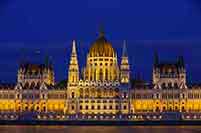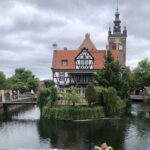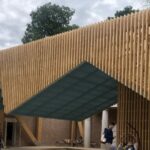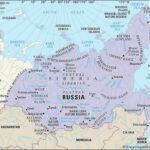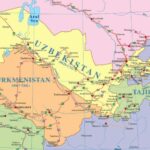In 1989 a group of French geographers defined the concept of a BLUE BANANA crossing from North to South Europe, concentrating population and GDP, about 120 million inhabitants and 80% of European GDP.From Central England to North of Italy this banana, blue because of color of European flag, was expressing in a geopolitical way the dorsal core of new Europe. By the way, this area was covering in the continental part the borders of Lotaringia, part of the Sacred Roman Empire after death of Karl der Grosse, the most rich area of that Middle Age Europe, so a very long history in the background. In the following years, after the Berlin wall crash, another banana was focused: they called it GOLDEN BANANA because it was the sun belt from North of Italy to Cataluna (Barcelona), but with the new Eastern countries entering in Europe it was extended until Kiev and supposed to include the residual 20% of GDP. Years are running and thirty years after, today, the basket has new bananas including new front-line countries expressing a lot of economic and social growth.
Now around Germany, a Teutonic helmet has been consolidated in Czech Republic , Slovakia and Hungary, with a new banana , or horn of the helmet along the Baltic Sea, from Polonia to Lithuania, to Latvia, to Estonia, which is not only including traditional industries and significant GDP, but the most innovative and web type product and services start up in Estonia, Silicon Valley of Europe. So the Blue Banana is pregnant of Central Europe development, more thick and curve, and the new nordic banana around Baltic renaissance is full growing. This is the ultimate evolution of a classical expansion model, concentrating in megalopolis around historical roots and geopolitical axis and abandoning internal land and villages, not supported by adequate infrastructures to assure mobility and growth.
Will this model of a bananas basket continue in the post COVID era? At least from twenty years we talk about working at home, using web network, reducing pollution, traffic, transportation costs stress and so on, but nothing happened in Europe, except in the dispersed populations in Scandinavia, very fond to use Internet from the beginning, for working without continuous meeting with colleagues, chatting at coffee machines, conjuring for power competition, so loved in Southern Europe culture. The obliged acceleration of distant working experimented during lockdown in the major countries, perhaps will change the way of working and living, So many beautiful areas of Europe, quite abandoned in the last century, could be repopulated by young smart workers, of course with large investments in network infrastructure, new social organisation, labour contracts and also new approach to real estate building. All this will be more sustainable, sparing a lot of transportation costs, more green with less pollution, of course with big impact on commercial real estate investments, large stores and small shops.
If these will be the new trends, we should split bananas, having more diffused socioeconomic paradigm, perhaps talking of strawberries of GDP very distributed in the best natural areas, reevaluating life in small villages, completely renovated and updated by incoming technology, interconnected more and more like the past physical work environment, with some robotic factories concentrating the manufacturing needs. The future is always a beautiful adventure for human kind.
